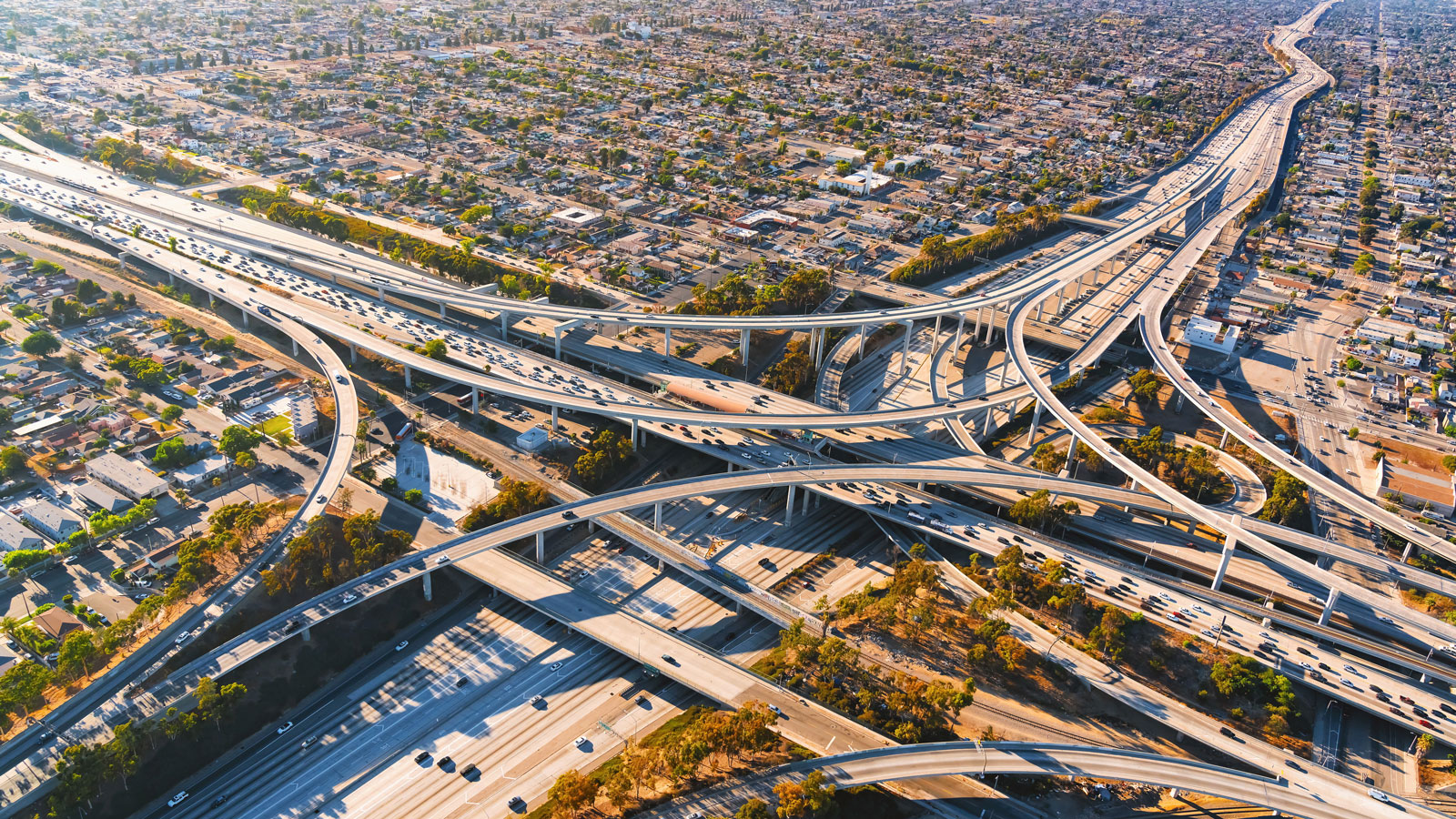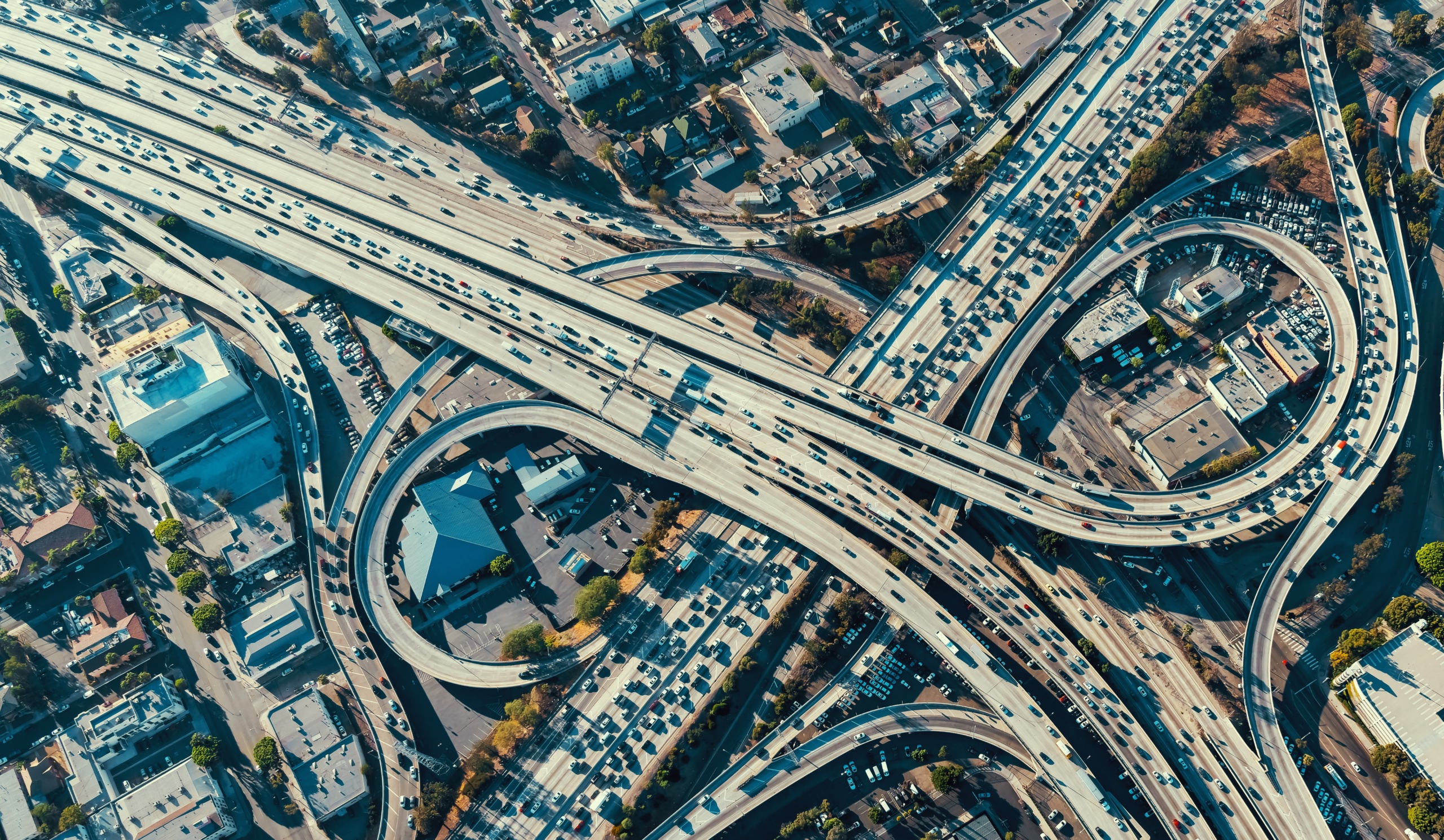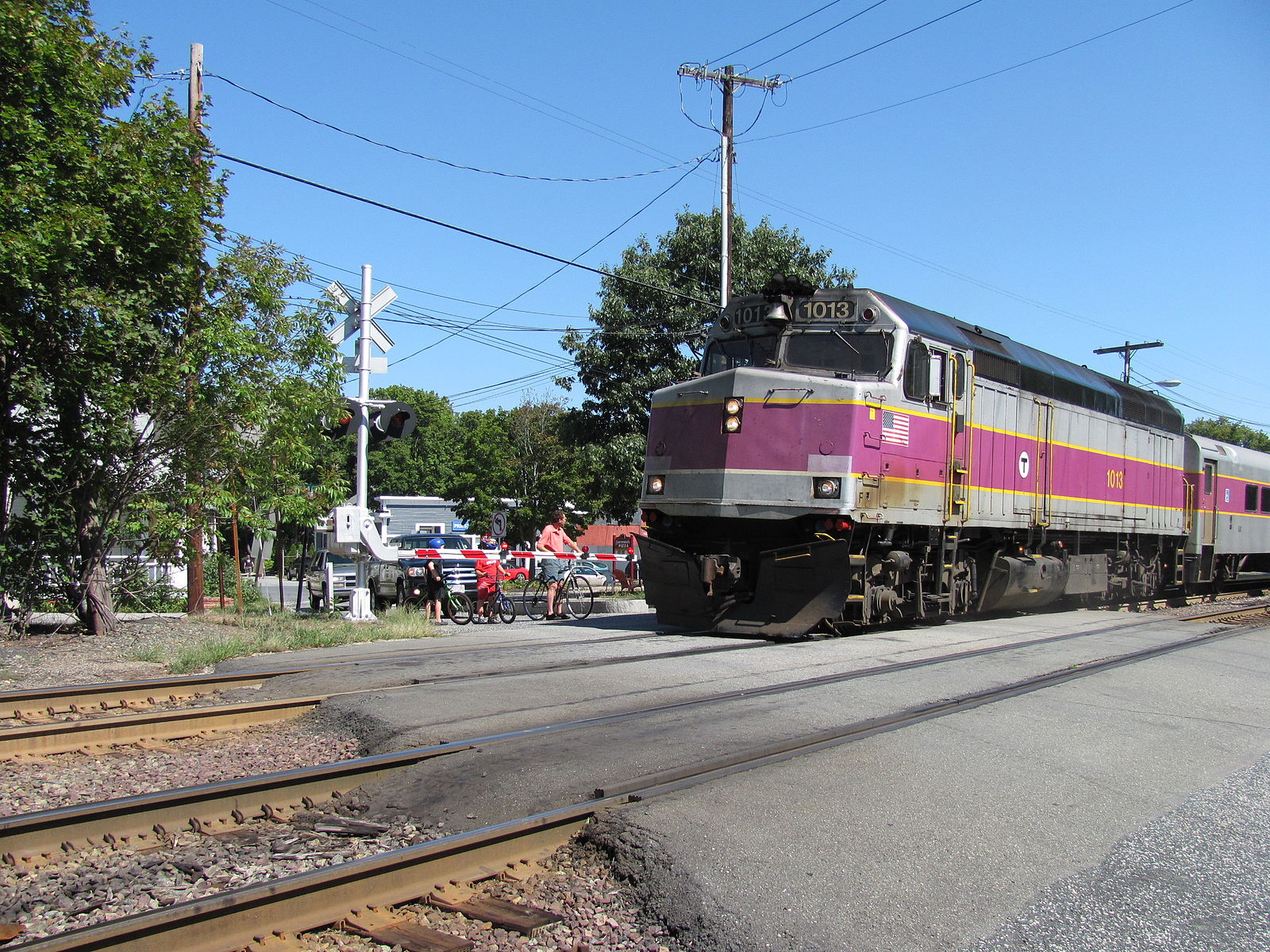We need our buses and trains during public health emergencies
Americans are staying home to prevent the spread of the coronavirus, and therefore public transportation ridership has plummeted. Transit agencies across the country are facing budget challenges and being forced to make tough decisions, including cutting back routes or shutting down service altogether. But essential workers -- like healthcare professionals, grocery store clerks, pharmacists, and others -- still need to get to work, and we’re depending on them to do so. For them, we need to keep our public transit systems running.
Americans are staying home to prevent the spread of the coronavirus, and therefore public transportation ridership has plummeted. Transit agencies across the country are facing budget challenges and being forced to make tough decisions, including cutting back routes or shutting down service altogether.
But essential workers — like healthcare professionals, grocery store clerks, pharmacists, and others — still need to get to work, and we’re depending on them to do so. For them, we need to keep our public transit systems running by:
-
Securing emergency funding. Amid plummeting ridership and increased cleaning costs, transit agencies are estimated to go billions of dollars in the hole over the course of this outbreak. They need federal emergency funding in order to stay in service.
-
Protecting riders and transit workers. Transit agencies must do all that they can to prevent the spread of the virus on public transit, including installing protective windows for bus drivers, and reserving seats on trains.
-
Maintaining consistent service. Transit agencies must maintain consistent schedules on crucial routes so that essential workers can make their way to the front lines.
The cost of COVID-19 for public transit agencies
U.S. bus and rail systems could lose an estimated $26–38 billion over the course of this outbreak due to decreased ridership, increased cleaning and emergency staffing costs, and declining sales tax revenue. As a result of pressure from transit advocates nationwide, Congress has allocated $25 billion to the Federal Transit Administration in emergency funding. However, the virus will keep people off public transit for many months after the worst has passed, so additional funding may be necessary.
A man in scrubs waits for the Green Line train in Boston, Mass. (Wikimedia Commons)
We can’t let buses and trains grind to a halt
If we want to ensure that medical and essential workers can reach the front lines, we have to keep public transportation running regularly, even as most Americans work from home and avoid public transit.
Halting all public transit service would significantly restrict the mobility of essential workers, including nurses, sanitation workers, and grocers. But even small reductions in bus and train service can lead to dangerous levels of overcrowding, putting essential workers, as well as bus drivers themselves, at further risk of infection. Transit agencies may, in fact, need to increase service on key routes, to reduce crowding and allow for safe levels of social distancing.
We need to slow the spread on buses and trains
By eliminating contact points, transit agencies can drastically reduce the spread of the virus. That includes opening up fare gates and eliminating fares on buses. This would also allow essential workers to continue to keep our hospitals, grocery stores, and pharmacies open without having to worry about the cost of a transit pass.
Sanitation workers keep the New York City Subway clean. (Wikimedia Commons)
In addition to relieving a financial burden on essential riders, providing fare free public transportation can help keep transit workers safe and healthy. By getting rid of fares, workers can avoid clustering in lines outside buses or fare gates, and coming in contact with transit workers and other passengers.
In order to keep bus drivers, maintenance workers, and other transit employees safe, transit agencies can also provide masks and gloves to all transit workers, and maintain a frequent cleaning schedule on all buses and trains in operation. Transit agencies can also reserve seats to allow for safe distancing, and can install protective windows between riders and operators. These precautions will protect essential passengers and transit workers, allowing them to help pull the rest of us through this crisis.
Transit agencies across the country have already begun implementing many of these policies. By doing so, they have helped slow the spread of Covid-19. But there is still limited coordination among states, between urban and rural areas, and within the federal government. And there is still so much work that citizens, policymakers, and transit agencies must do – or rather, that we all must do – to further slow the spread and put ourselves on a fast timeline towards recovery.
Topics
Authors
Ethan Evans
Find Out More

A threat to federal climate investment: Highway boondoggles

Important wins for Texas consumers this legislative session

America needs a “roads review”


